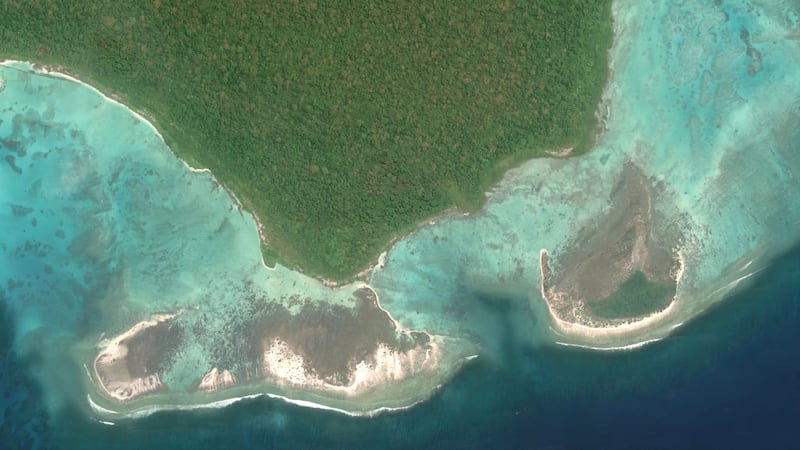King County scientists may have found a solution to help coho salmon dying from polluted stormwater.
In a news release from the County Water and Land Resources Division (WLRD), scientists said they might have created a new soil mixture that makes stormwater cleaner and safer for people and fish.
“Coho salmon dying from exposure to a toxic tire chemical just before they return to their spawning ground after their journey to the Pacific is not just a tragedy – it’s an urgent call to action,” John Taylor, Director of the King County Department of Natural Resources and Parks said in a news release. “Our scientists joined their peers to identify a promising solution to a lethal challenge, one that can contribute to the survival of a native salmon species.”
WLRD is working to confirm the story results. Scientists want to better understand the toxic chemical known as 6PPDQ. The chemical is found in all tire dust, which is washed from roads into waterways.
Soil produced excellent results in salmon survival
A recent laboratory study showed that nearly 100% of coho placed in unfiltered stormwater died, while all of the salmon placed in filtered stormwater survived. The soil mixture includes sand, coconut fiber, and biochar, a charcoal-like substance. The mixture removes pollutants and excess nutrients in the stormwater.
A full-scale pilot project is being conducted in Whatcom County, where scientists hope to confirm the soil mixture’s effectiveness in real-world conditions.
“It’s not every day that we get to say with certainty that we can solve such a complicated problem, but I feel hopeful about this one,” Josh Latterell, who leads King County’s Science Section in the Water and Land Resources Division, said in the release. “This issue isn’t unique to King County, but King County is uniquely positioned to do something about it and our researchers are building a whole toolkit of strategies that will make cleaner, safer water a reality.”
WLRD will continue to collect and analyze new data and explore strategic partnerships.
“I think if we keep up this momentum and investment, we can tackle the problem with aggressive source control and stormwater treatment,” said Chelsea Mitchell, a Senior Ecotoxicologist in the division’s Science Section. “Plus, the treatments that are effective for 6PPDQ also mitigate other toxic stormwater contaminants, so we can address many of these problems at the same time.”
Follow Bill Kaczaraba on X.
©2025 Cox Media Group







